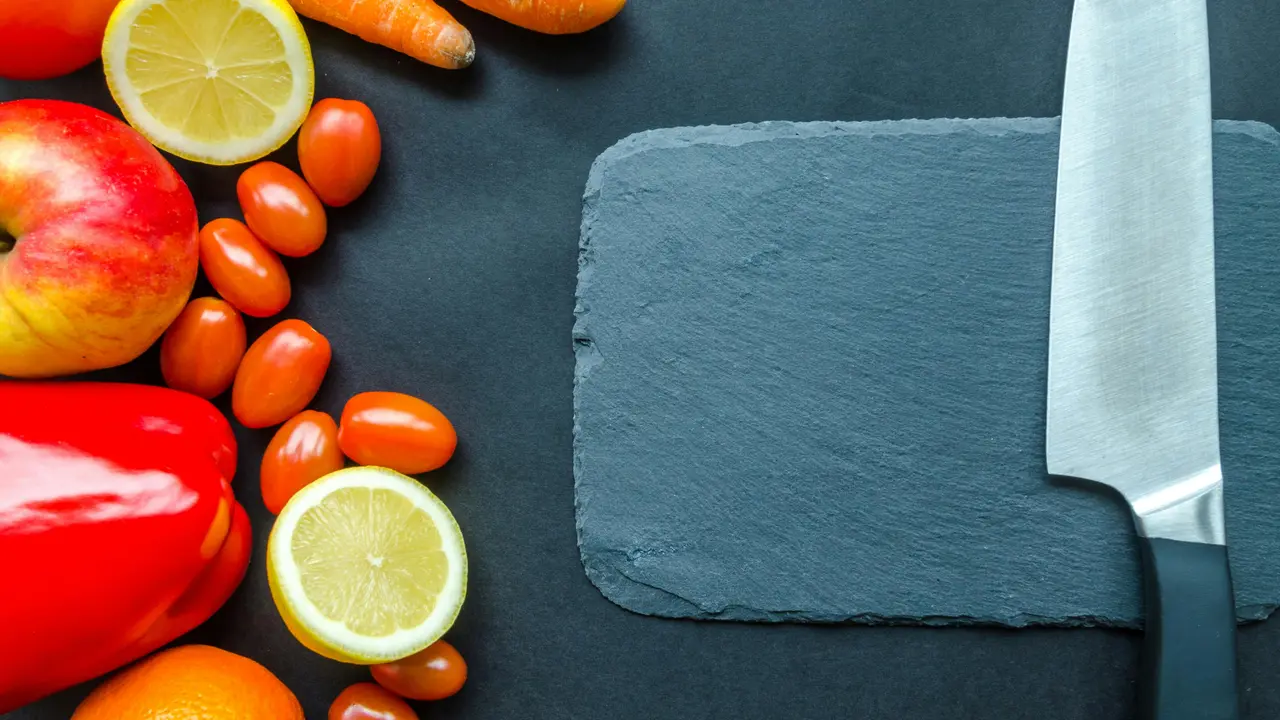Have you ever wondered how does a bathroom scale measure body fat? Understanding the mechanisms behind these devices can help you navigate your weight management journey more effectively. In this article, we will explore the technology behind bathroom scales that calculate body fat, demystifying their functions and accuracy. Let’s dive into the fascinating world of body composition analysis!
Understanding Body Fat Measurement on Bathroom Scales
The Science Behind Body Fat Measurement
Bathroom scales that measure body fat typically use a method called bioelectrical impedance analysis (BIA). This technology sends a low-level electrical current through the body to measure resistance, which helps estimate body fat percentage. The less resistance there is, the more water the body contains, and consequently, the lower the fat percentage is likely to be.
The Role of Water Content
It’s important to note that hydration levels significantly influence the readings on a bathroom scale. Factors such as meal timing, exercise, and the time of day can affect your body’s water balance and, hence, the accuracy of body fat measurements. For a more consistent reading, aim to weigh yourself at the same time of day under similar conditions.
Types of Bathroom Scales That Measure Body Fat
Traditional vs. Smart Scales
There are two main types of bathroom scales that measure body fat: traditional digital scales with bioimpedance and smart scales that connect to your smartphone. Each has its pros and cons:
- Traditional Digital Scales: These are generally more affordable and easy to use, offering basic body fat percentage readings.
- Smart Scales: While typically more expensive, these scales provide detailed body metrics, sync with health apps, and allow for data tracking over time.
Features to Look For
When selecting a bathroom scale to measure body fat, consider the following features:
- Accuracy: Look for scales that have been tested for accuracy in measuring body fat.
- User Profiles: Many smart scales allow you to create multiple user profiles, retaining individual data for different users.
- Additional Metrics: Some scales track muscle mass, bone density, and water percentage, providing a comprehensive overview of body composition.
How to Get Accurate Body Fat Measurements
Best Practices for Weighing
To enhance the accuracy of body fat measurements from your bathroom scale, follow these best practices:
- Weigh yourself at the same time each day.
- Stand on the scale with bare feet to ensure proper contact.
- Avoid eating or drinking immediately before weighing yourself.
Interpreting Your Results
Understanding how to interpret your body fat percentage is crucial. Generally, a healthy body fat percentage varies depending on age and gender, but here are some general ranges:
- Women: 21-33% (acceptable range), 14-20% (athletes)
- Men: 8-19% (acceptable range), 6-13% (athletes)
Limitations of Bathroom Scales in Measuring Body Fat
Potential Sources of Error
While bathroom scales provide convenient body fat measurements, they do come with limitations. The accuracy can be impacted by several factors:
- Hydration levels: Dehydration can lead to falsely high body fat readings.
- Muscle mass: Highly muscular individuals may receive inaccurate measurements as BIA isn’t always accurate for them.
- Electrical interference: Other electronic devices can interfere with the scale’s readings, potentially skewing results.
Complementing Scales with Other Metrics
To get a comprehensive understanding of your health, it is wise to complement scale measurements with other assessment methods, such as:
- Calipers for skinfold measurements
- DEXA scans for precise body composition
- Hydrostatic weighing for an accurate measure of body fat
Conclusion
In summary, understanding how does a bathroom scale measure body fat can empower you to use these devices more effectively in your health journey. While these scales provide good estimates of body fat percentages, keep in mind their limitations and the influential role of hydration. For best results, combine these measurements with other health metrics to get a complete picture of your body composition. If you found this article insightful, feel free to share it with others or explore our related articles for more tips on health and wellness!
Fat – Recent Articles
- Can Chickens Eat Beef Fat? Discover the Surprising Truth!
- How to Drain Ground Beef Fat: Tips for Perfectly Lean Meals!
- Why My Thighs Are So Fat: Unraveling the Truth Behind It!
- Is Boxing Good for Fat Loss? Discover the Surprising Benefits!
- Mastering the Art: How to Draw Fat Body Like a Pro!
Fat – Useful Links
- Harvard T.H. Chan – Types of Fat
- Harvard Health – The truth about fats: the good, the bad, and the in-between
- MedlinePlus – Dietary Fats
- NHLBI / NIH – Healthier Fats and Oils Fact Sheet
- HelpGuide – Choosing Healthy Fats
